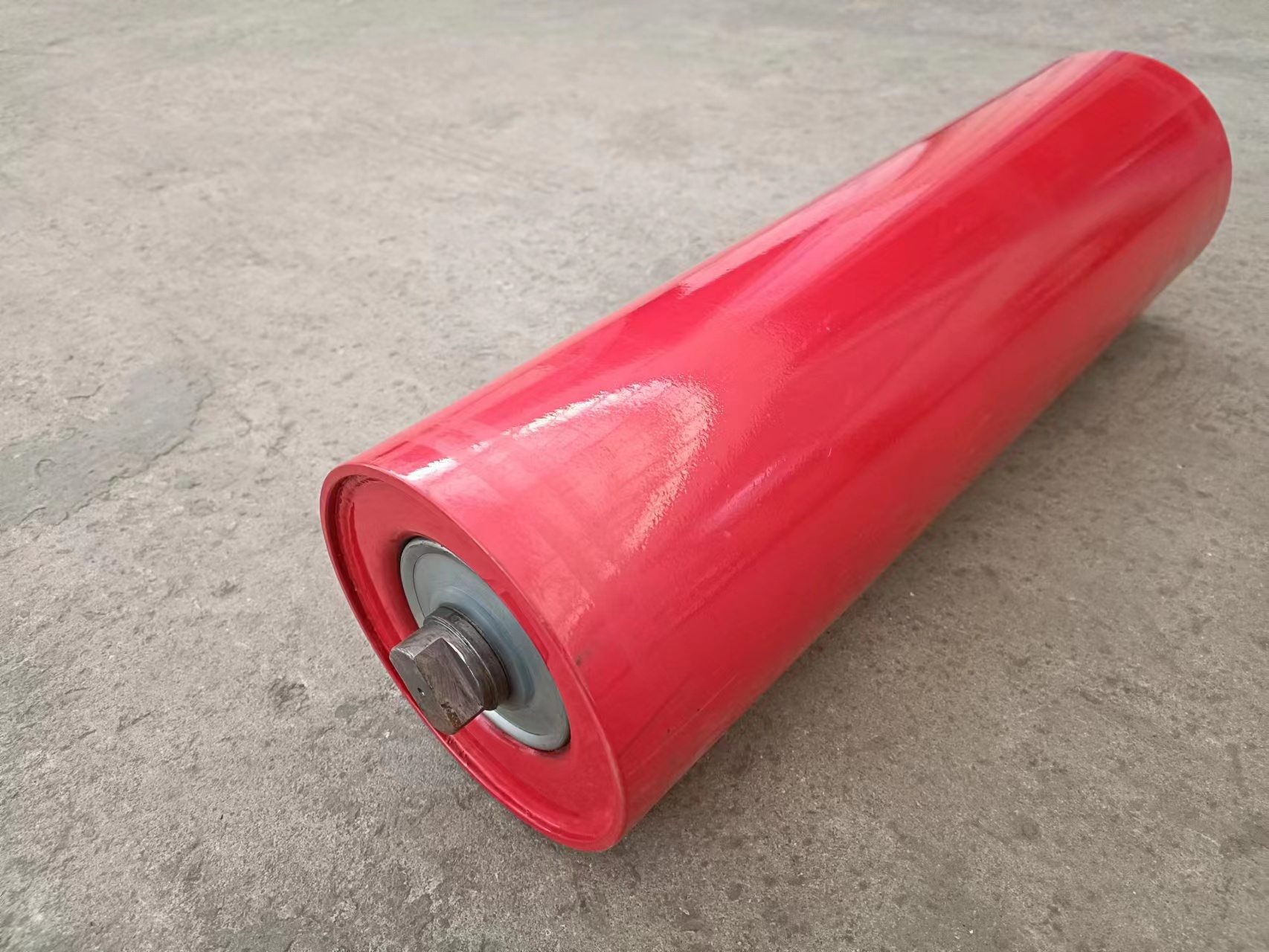 Afrikaans
Afrikaans  Albanian
Albanian  Amharic
Amharic  Arabic
Arabic  Armenian
Armenian  Azerbaijani
Azerbaijani  Basque
Basque  Belarusian
Belarusian  Bengali
Bengali  Bosnian
Bosnian  Bulgarian
Bulgarian  Catalan
Catalan  Cebuano
Cebuano  Corsican
Corsican  Croatian
Croatian  Czech
Czech  Danish
Danish  Dutch
Dutch  English
English  Esperanto
Esperanto  Estonian
Estonian  Finnish
Finnish  French
French  Frisian
Frisian  Galician
Galician  Georgian
Georgian  German
German  Greek
Greek  Gujarati
Gujarati  Haitian Creole
Haitian Creole  hausa
hausa  hawaiian
hawaiian  Hebrew
Hebrew  Hindi
Hindi  Miao
Miao  Hungarian
Hungarian  Icelandic
Icelandic  igbo
igbo  Indonesian
Indonesian  irish
irish  Italian
Italian  Japanese
Japanese  Javanese
Javanese  Kannada
Kannada  kazakh
kazakh  Khmer
Khmer  Rwandese
Rwandese  Korean
Korean  Kurdish
Kurdish  Kyrgyz
Kyrgyz  Lao
Lao  Latin
Latin  Latvian
Latvian  Lithuanian
Lithuanian  Luxembourgish
Luxembourgish  Macedonian
Macedonian  Malgashi
Malgashi  Malay
Malay  Malayalam
Malayalam  Maltese
Maltese  Maori
Maori  Marathi
Marathi  Mongolian
Mongolian  Myanmar
Myanmar  Nepali
Nepali  Norwegian
Norwegian  Norwegian
Norwegian  Occitan
Occitan  Pashto
Pashto  Persian
Persian  Polish
Polish  Portuguese
Portuguese  Punjabi
Punjabi  Romanian
Romanian  Russian
Russian  Samoan
Samoan  Scottish Gaelic
Scottish Gaelic  Serbian
Serbian  Sesotho
Sesotho  Shona
Shona  Sindhi
Sindhi  Sinhala
Sinhala  Slovak
Slovak  Slovenian
Slovenian  Somali
Somali  Spanish
Spanish  Sundanese
Sundanese  Swahili
Swahili  Swedish
Swedish  Tagalog
Tagalog  Tajik
Tajik  Tamil
Tamil  Tatar
Tatar  Telugu
Telugu  Thai
Thai  Turkish
Turkish  Turkmen
Turkmen  Ukrainian
Ukrainian  Urdu
Urdu  Uighur
Uighur  Uzbek
Uzbek  Vietnamese
Vietnamese  Welsh
Welsh  Bantu
Bantu  Yiddish
Yiddish  Yoruba
Yoruba  Zulu
Zulu Different Types of Pulleys Used in Conveyor Belt Systems
Types of Pulleys in Conveyor Belt Systems
Conveyor belts are an essential component in various industries, facilitating the transportation of goods over considerable distances. The efficiency and effectiveness of these systems can largely be attributed to the various types of pulleys used within them. Pulleys play a crucial role in the movement of conveyor belts by providing tension, direction, and support. This article explores the different types of pulleys commonly found in conveyor belt systems and their functions.
1. Head Pulley
The head pulley is located at the discharge end of the conveyor belt system. It is typically the drive pulley that provides the necessary force to move the belt forward. The head pulley is crucial for the belt’s operation, as it not only supports the self-weight of the belt but also allows for the materials being transported to be released. Depending on the application, head pulleys can be designed as smooth, lagged, or grooved to improve friction and drive capabilities.
2. Tail Pulley
On the other end of the conveyor system is the tail pulley, which serves several vital functions. Primarily, it maintains belt tension and assists in returning the belt to its starting position. The tail pulley is often passive, meaning it doesn’t drive the belt but instead relies on the head pulley for movement. By ensuring that the belt stays taut, the tail pulley minimizes slack and reduces the risk of misalignment, thereby enhancing the overall efficiency of the conveyor system.
3. Snub Pulley
The snub pulley is an additional component placed along the conveyor belt to increase the wrap angle of the belt around the head pulley. This increased angle enhances friction between the belt and the pulley, thereby improving the overall grip and pulling force of the system. Snub pulleys are particularly beneficial in scenarios where additional tension is required, ensuring that the belt remains secure, especially during high-load operations.
types of pulley in conveyor belt

4. Bend Pulley
Bend pulleys are used to change the direction of the conveyor belt. They are typically installed in applications where the belt needs to navigate around corners or turns. These pulleys help in maintaining the correct path of the belt while minimizing wear and tear on both the belting material and the pulleys themselves. Proper management of bend pulleys reduces the risk of belt misalignment and ensures a smooth conveyance process.
5. Take-Up Pulley
Take-up pulleys are integral to maintaining the tension in conveyor belts, especially in longer systems. These pulleys allow for adjustments to be made as the belt wears and elongates over time. By implementing a take-up system, whether manual or automatic, operators can extend the operational life of the conveyor belt and prevent issues related to slack and excessive wear.
6. Rubber-Lagged Pulley
Rubber-lagged pulleys incorporate a layer of rubber on the pulley surface to enhance frictional properties. This type of pulley is commonly used in wet or slippery conditions where additional grip is essential. The rubber layer not only improves traction but also protects the metal surface underneath from corrosion and wear, thus enhancing the durability and lifespan of the pulley.
Conclusion
Pulleys are indispensable to the functionality of conveyor belts, affecting their efficiency, reliability, and overall performance. Understanding the different types of pulleys, including head, tail, snub, bend, take-up, and rubber-lagged pulleys, is critical for optimizing conveyor systems to meet specific industrial needs. By choosing the appropriate pulley type and configuration, businesses can ensure smooth and efficient material handling processes, leading to increased productivity and reduced operational costs. With advancements in technology and materials, the future of conveyor pulley systems looks promising, paving the way for even more efficient and reliable solutions in material handling.
-
Revolutionizing Conveyor Reliability with Advanced Rubber Lagging PulleysNewsJul.22,2025
-
Powering Precision and Durability with Expert Manufacturers of Conveyor ComponentsNewsJul.22,2025
-
Optimizing Conveyor Systems with Advanced Conveyor AccessoriesNewsJul.22,2025
-
Maximize Conveyor Efficiency with Quality Conveyor Idler PulleysNewsJul.22,2025
-
Future-Proof Your Conveyor System with High-Performance Polyurethane RollerNewsJul.22,2025
-
Driving Efficiency Forward with Quality Idlers and RollersNewsJul.22,2025





























